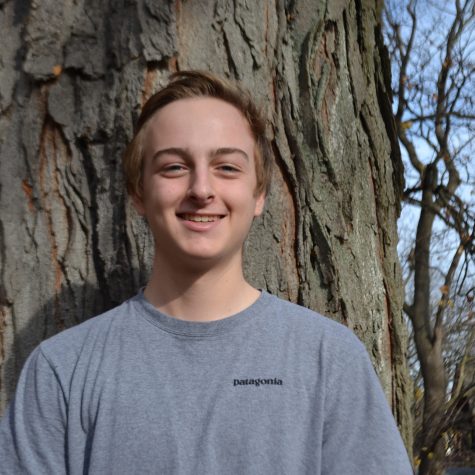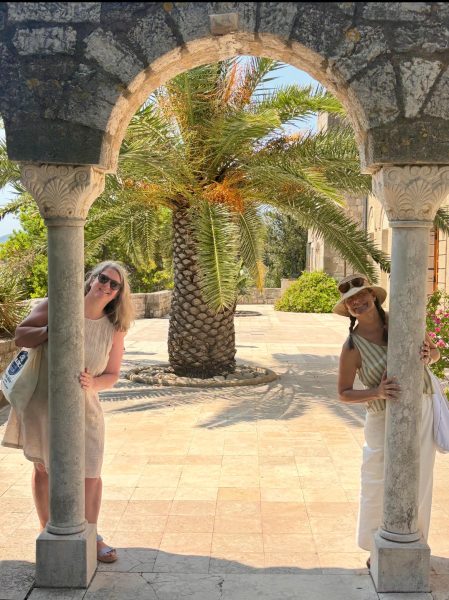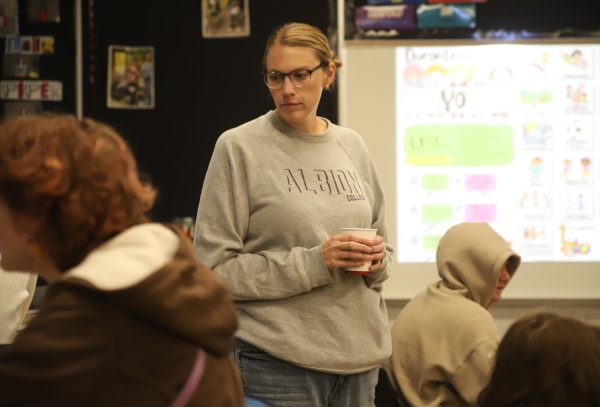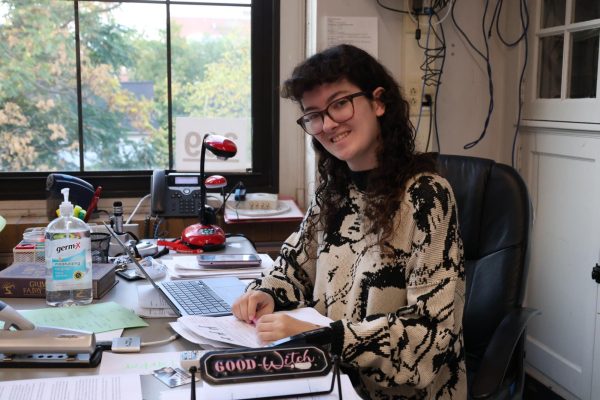Clowns of The Sea
In 1973, Stephen W. Cress and the National Audubon Society (NAS) began Project Puffin, with the goal of restoring the Atlantic puffin population along the coast of Maine. NAS work across seven different islands, monitoring and conserving the population of Puffins and various other seabirds.
During puffin breeding season, Project Puffin increases their year round staff of seven to around fifty employees and volunteers. Field positions include research assistants, education assistants, island supervisors, and international interns. Daniel Davis was an incoming sophomore at Brown University when he spent five weeks as a research assistant during the 2016 breeding season. “I would go out and look through a spotting scope to mark which birds were coming back year after year,” Davis said. “We would enter it in a database that kept all of the birds. I would monitor what the birds were eating and so I could tell what they were feeding their young.”
Adult Puffins are roughly a foot tall with a two-foot wingspan. They develop extravagant coats around their bills during the breeding season to appear more attractive to potential mates. “They look sort of like a penguin, with a white belly and a black body,” Davis said. “A lot of people call them ‘Clowns of The Sea’.”
Other seabirds studied throughout these islands include, Black Guillemots, Razorbills, Common Eiders, Laughing Gulls, Common Terns, Roseate Terns, and Atlantic Terns. Terns were introduced to the islands in order to protect Puffin eggs. Now, there are now over 1,700 pairs under National Audubon Society management.
Puffin population drastically declined around the the turn of the 20th century due to habitat destruction and hunting. Puffins are classified by the International Union for the Conservation of Nature, as a threatened species in the state of MAine and in northern Europe. However, Puffins are still heavily hunted in Iceland, yet are not considered an endangered species since millions of them reside in northern Northern Europe and Canada.
Because puffins are prevalent in Europe and Canada, Project Puffin has been able to experiment with new conservation techniques. “[Stephen Cress] has gotten to test out a couple of groundbreaking methods that have now become standard practice for conservation and restoration,” Davis said. “He could do that with the comfort of knowing that even if this population failed, he would have others that survive.” Techniques such as decoys, mirrors and audible calls can all be used to attract Puffins to safe nesting spots. “Some of the earliest things that they experimented with when they were just trying to get birds to come and land on the islands was using a lot of decoys,” Davis said. “They had some really talented carvers come out and make decoys of birds in different poses.”









